5 Siberian Elm Bareroot Seedlings – 12-18” Hardy Fast-Growing Trees
Original price was: $42.99.$22.99Current price is: $22.99.
5 Siberian Elm bareroot seedlings, 12-18 inches tall. A fast-growing, hardy tree adaptable to USDA zones 3-9. Ideal for windbreaks, erosion control, and shade.
Estimated arrival
Dec 14
Dec 19 - Dec 21
Dec 24 - Dec 28
Reasonable Price
We offer reasonable price

Support 24/7
Contact us 24 hrs a day

100% Money Back
You've 30 days to Return

Payment Secure
100% secure payment
Transform your landscape with 5 Siberian Elm bareroot seedlings, a fast-growing and hardy tree species. These 12-18 inch tall seedlings thrive in USDA zones 3-9, making them an excellent choice for diverse climates. The Siberian Elm (Ulmus pumila) is known for its drought resistance, rapid growth, and ability to adapt to various soil types.
The Siberian Elm is a deciduous tree that grows up to 80 feet tall, providing ample shade and acting as an excellent windbreak. Its deep green leaves turn vibrant yellow in the fall, creating a stunning seasonal display. This tree is commonly used for erosion control, privacy screens, and reforestation projects due to its resilience and quick establishment.
These bareroot seedlings arrive healthy and ready to plant. Please ensure you have the proper knowledge of tree care, as planting instructions are not included. Order today and start growing a strong, adaptable, and beautiful Siberian Elm tree in your landscape!
Key Features and Benefits:
- Product Type: Bareroot tree seedlings
- Size: 12-18 inches tall
- Hardiness: Suitable for USDA zones 3-9
- Growth Rate: Fast-growing, reaching up to 80 feet tall
- Benefits: Provides shade, windbreaks, erosion control, and privacy
- Adaptability: Thrives in various soil types and climates
- Drought Tolerant: Requires minimal watering once established
- Use Cases: Ideal for landscaping, reforestation, and urban planting
FAQs:
Q: How fast do Siberian Elm trees grow? A: Siberian Elms are known for their rapid growth, typically growing 3-5 feet per year under optimal conditions.
Q: What are the best uses for these trees? A: These trees are perfect for windbreaks, shade, erosion control, privacy barriers, and urban planting projects.
Q: How should I plant my bareroot Siberian Elm seedlings? A: Dig a hole twice as wide as the root system, place the seedling in, cover with soil, and water thoroughly. Keep soil moist until established.
Q: Are Siberian Elms resistant to drought? A: Yes, these trees are highly drought-resistant once their root system is established, making them ideal for dry climates.
Q: Will these trees thrive in my area? A: Siberian Elms adapt well to USDA zones 3-9, meaning they can withstand both cold winters and hot summers in many regions.
Be the first to review “5 Siberian Elm Bareroot Seedlings – 12-18” Hardy Fast-Growing Trees”

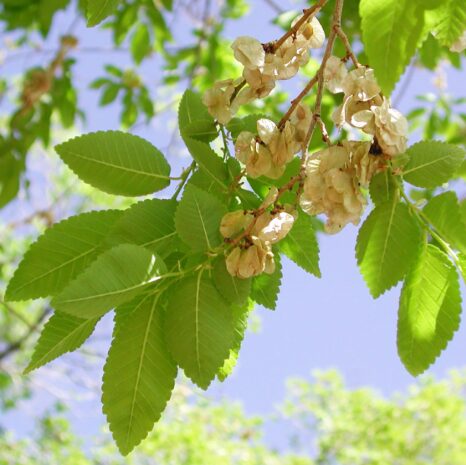
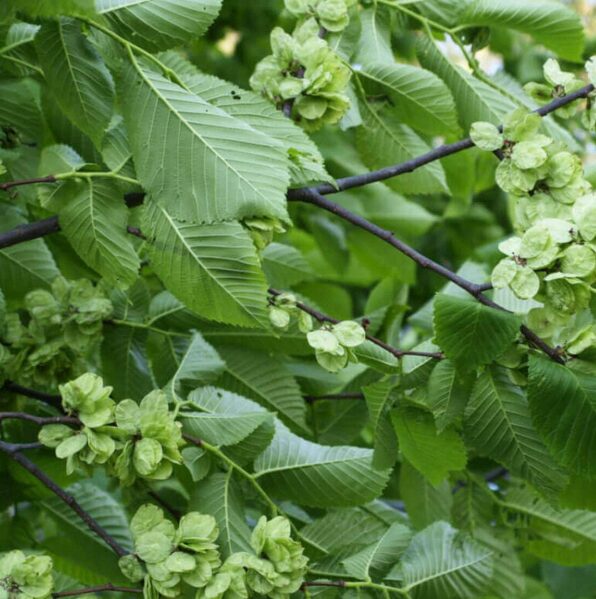
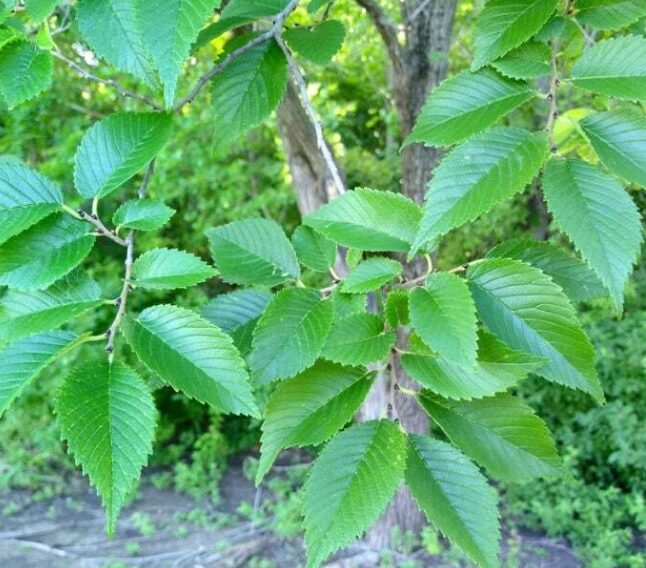
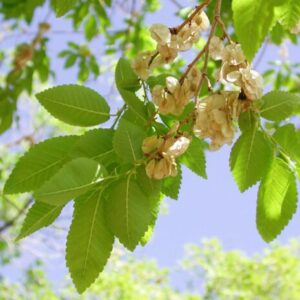
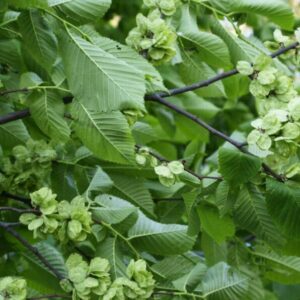


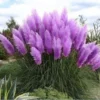
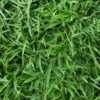



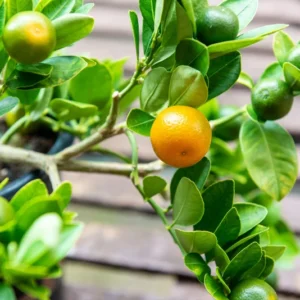
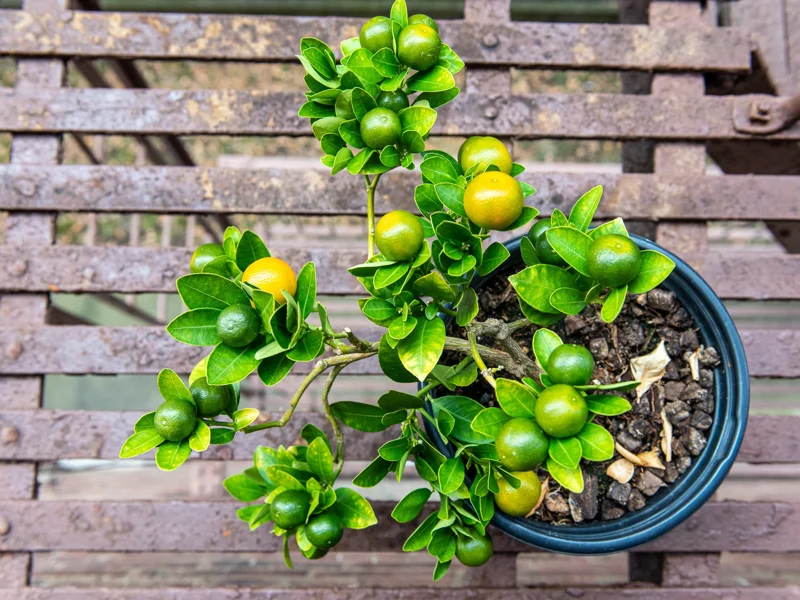
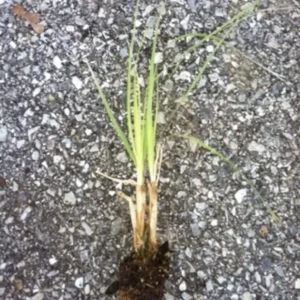
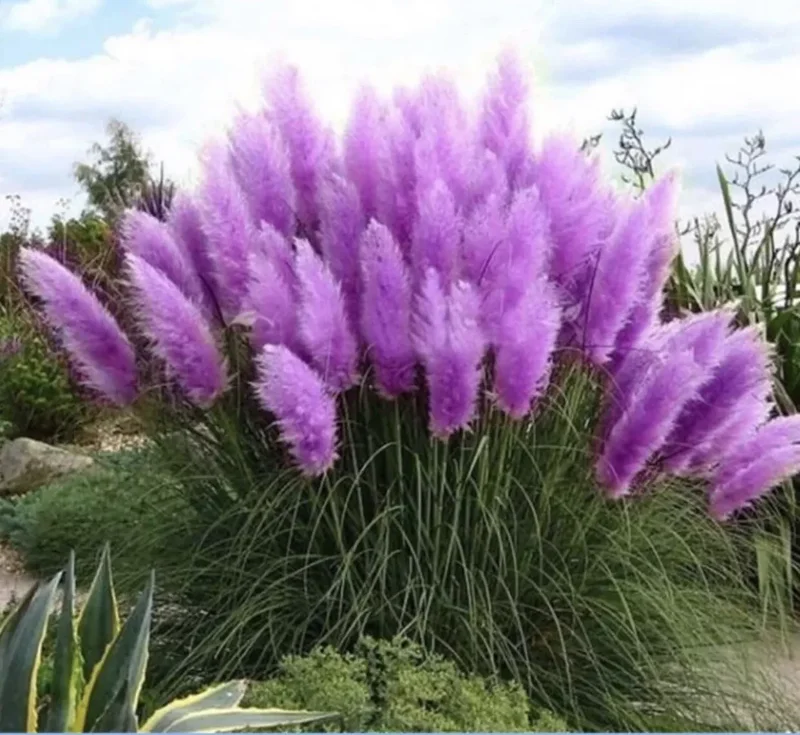



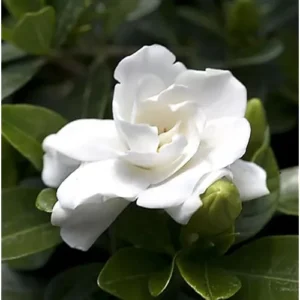
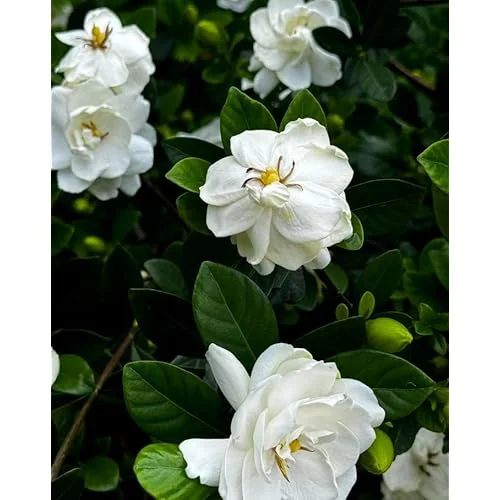

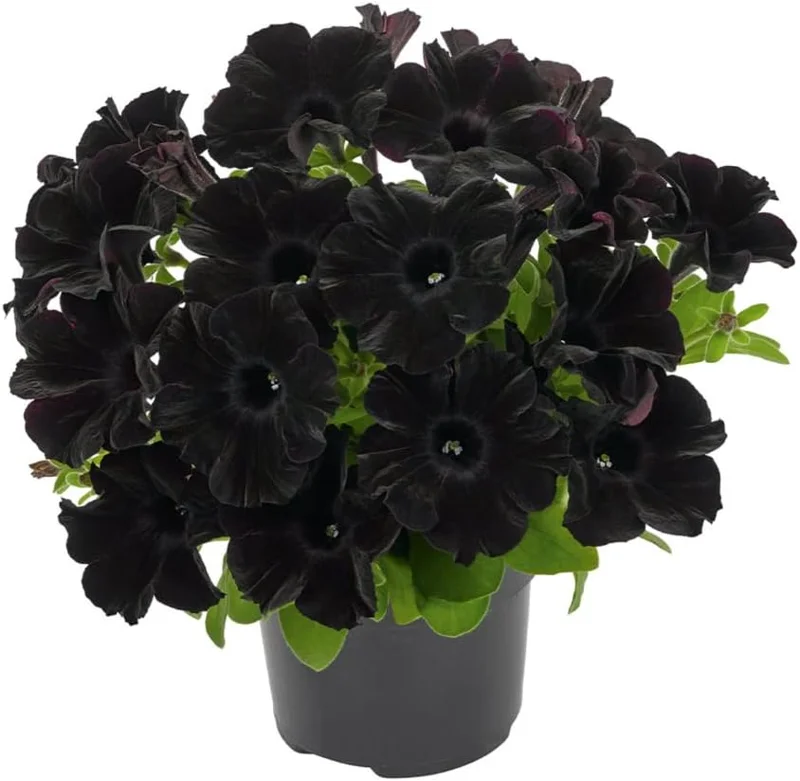
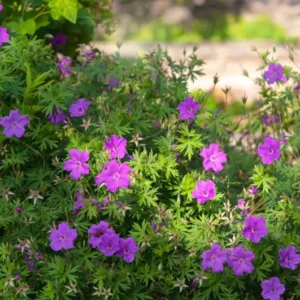




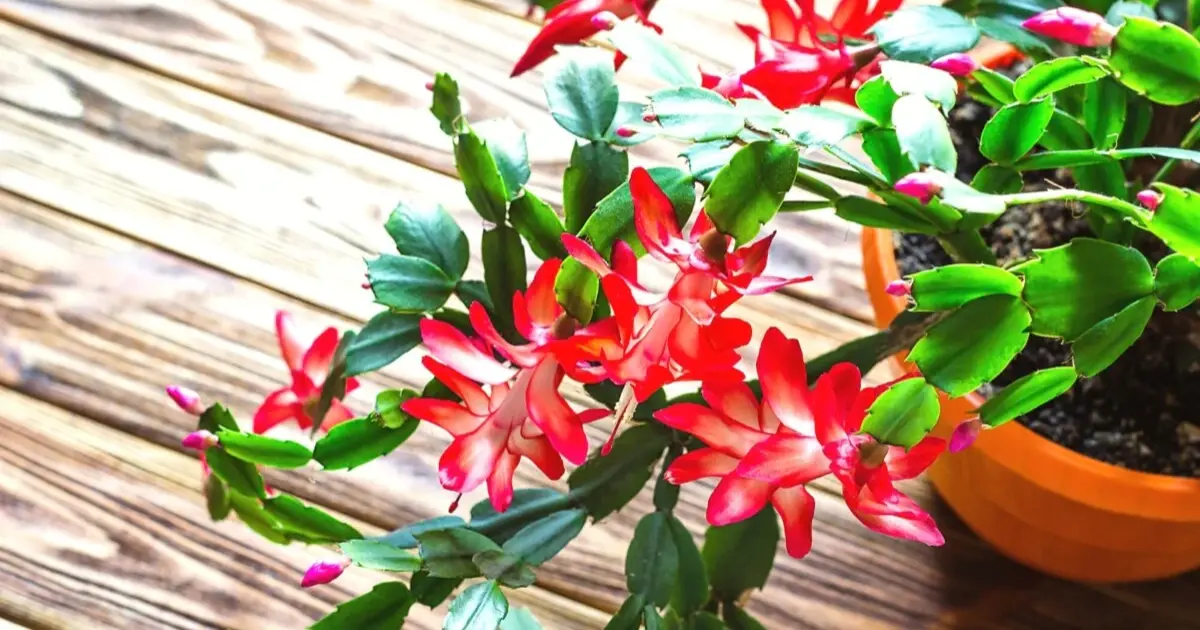


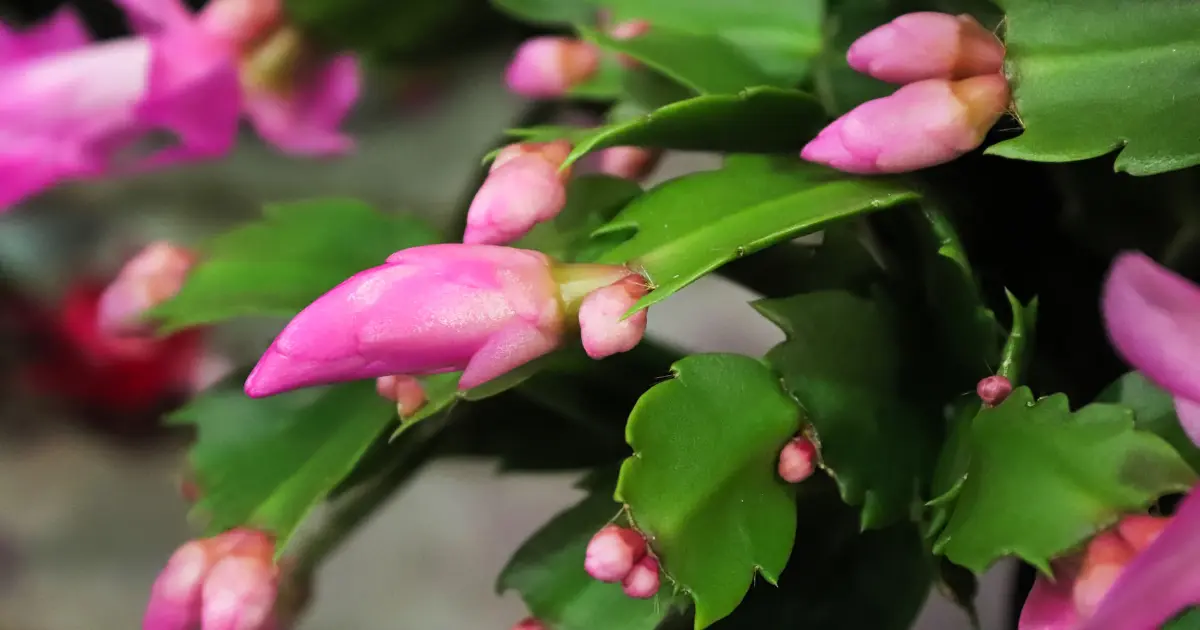
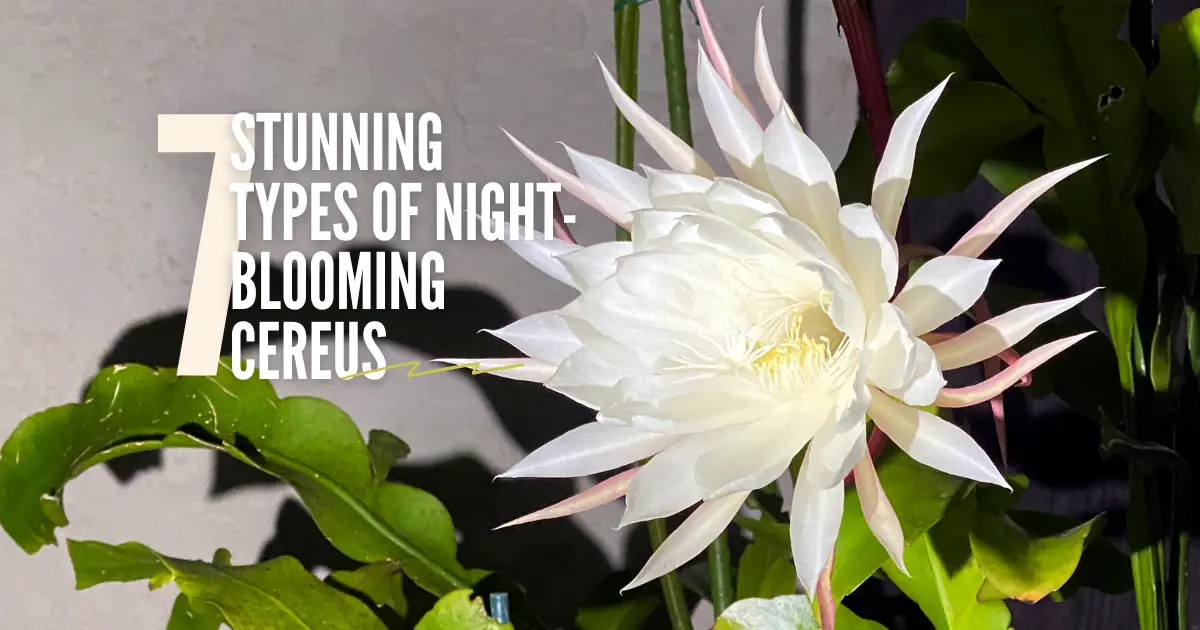


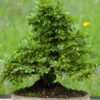
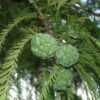
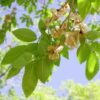
Reviews
There are no reviews yet.